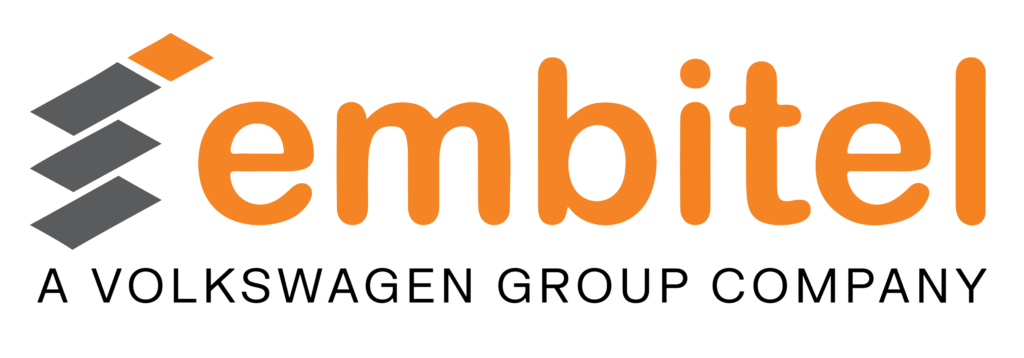The Heads-Up Display (HUD) for cars is the latest in a series of Automotive Innovations at Embitel Technologies, a Bangalore based embedded software and hardware design house
In a conversation with VidyaSagar, who leads the teams working on IoT, Infotainment and Car HUD projects at Embitel, we spoke about the future of in-car mobility and the car HUD market.
With mobility services making in-roads how will the in-car connectivity experience change?
To understand the future of in-car mobility, it helps to analyze what global automotive OEMs are talking about.
Daimler CIO Mr.Jan Brecht, during his India visit in July, said that the future of the automotive industry lies in developing and providing efficient mobility services to car owners. He spoke about the need for moving beyond traditional revenue streams of car sales and after-sales service.
Clearly, Daimler recognizes the potential of cloud connectivity and mobile-based services.
And it is not just Daimler or their business strategy, many OEMs are also looking at their own role in an entirely different way now!
Mr. Don Butler, the Head of Connected Vehicle and Services for Ford Motor Company recently said that Ford is moving ahead from being just a hardware provider to being a hardware, software, and experiences provider.
This is a very interesting statement. This shift is mainly driven by the car owner’s desire to stay connected to the outside world even when he/she is behind the wheel.
OEMs now want to deliver this connectivity through innovative products like an in-car Infotainment system, a car heads-up display system or a telematics box. They have also realized the need for mitigating the driver distraction which is caused by usage of mobile apps while driving.
So the stakeholders are coming together along with the service providers to develop an ecosystem of innovative products (hardware + software) to deliver the in-car mobility experience.
This new development will enable drivers and passengers to access apps, phone-calls and messages, driving directions, vehicle data and more through the infotainment or HUD unit. And to mitigate driver distraction, these systems are voice and gesture controlled.
What are the trends and applications driving Car Heads-up Display (HUD) growth
As we discussed, these innovations are mainly driven by a combination of customer preference for connectivity within the car and the strategy of OEMs to not only deliver this experience to the customers, but also to create new revenue streams.
As far as the car HUD is concerned, there are several related micro and macro factors that are in favor of the growth of the still-nascent car HUD market.
- The Automotive Heads-up Display (HUD) market is expected to reach $2.09 bn by 2022, according to a report released by Credence Research in May 2016
- Favorable government regulations that are designed to promote vehicle safety are expected to support the demand for car HUD units in passenger vehicles.
- The target markets for the car HUD installation are the developed markets of North America and Europe.
We spoke in detail from the point of view of OEMs and Suppliers, but how will you explain Car HUD system to the end-user? What are the features of this product?
The heads-up display (HUD) for cars is a transparent projection of real-time data on a small portion of the driver’s windshield or a combiner glass screen, just below the driver’s eye level and within the range of view.
This data, which is critical to concurrent driving conditions and route navigation, is clearly visible without obstructing the road ahead.
Imagine an assisted driving experience enriched by navigation route and driving data, road-sign alerts, incoming calls/messages and vehicle data (speed, fuel) all displayed on your windshield.
To ensure that all hands are on the steering wheel, the car HUD allows the driver to access/control all this data through ‘touch-less commands’ (pre-defined gestures and voice recognition).
So here is the list of the basic software features of heads-up display that an end-user would enjoy:
- Maps and route navigation: this provides turn-by-turn alerts on the windshield or screen
- Wi-Fi cameras that are activated when you turn on left/right indicators or switch to reverse gear.
- Access to phone media, calls and messages
- Virtual gauges or instrumentation cluster that provides critical vehicle data
However, the possibilities are endless and could very well lead to the development of many advanced features!
And in the background, there are some critical hardware modules of a Car HUD system that are responsible for robust functioning of the software features.
These include –
- NXP/Freescale’s i.MX6 platform, which is specifically designed for automotive grade multimedia applications like Infotainment and Car HUD systems
- Texas Instruments DLP projector (Pico Projector)
- Gesture recognition, WiFi and GPS, GSM modules
Why should OEMs and Suppliers partner with Embitel for Car HUD development?
Developing a Car HUD (Heads-up Display) system is a technology-intensive project and involves R&D efforts.
At Embitel, we identified these pain-points at an early stage and used our strengths to create a reference design for our customers.as Developing a Car HUD (Heads-up Display) system is a technology-intensive project and involves R&D efforts.
Our automotive domain expertise, years of experience and our embedded as well as cloud-mobility engineering talent have enabled us to develop this state-of-the-art product.
With our heads-up display production-ready design, customers can launch their company-branded HUD product in 6 months (down from the industry average of 2.5 years), depending on the requirement.
Embitel’s HUD is a proprietary hardware and software design which can be launched in the market with minimum branding and/or feature customizations.
As an embedded technology partner, we provide end-to-end support for the customer’s product roadmap to the manufacturing stage.Embitel’s HUD is a proprietary hardware and software design which can be launched in the market with minimum branding and/or feature customizations.
Our Product Engineering team has in-depth project experience of delivering an Infotainment system for a Tier-I supplier (designed on NXP/Freescale i.MX 6 platform).
This system is now under production for deployment in commercial vehicles. We have also delivered projects in areas of ADAS, in-vehicle networking and vehicle diagnostics.
Thus our experienced team can ensure quick turnaround in developing additional advanced HUD features to help our customers achieve their product roadmap goals.
What are the other tangible benefits your customers can expect when they partner with you as an embedded services provider?
As mentioned, we collaborate with our customers as a technology partner. We work closely with the business and product teams of our customers for technology consulting, hardware platform evaluation, UI/UX design, embedded software development, hardware design, verification and validation (testing services).
In case of our car HUD engagements, we take the relationship one step further and provide support with product manufacturing, if required.
During the initial phases of technology consulting and platform evaluation, we understand the customer’s business interests and target audience, and we chalk out the product design and development roadmap accordingly. This includes understanding the extent of customizations required in branding (UI/UX) and feature development.




